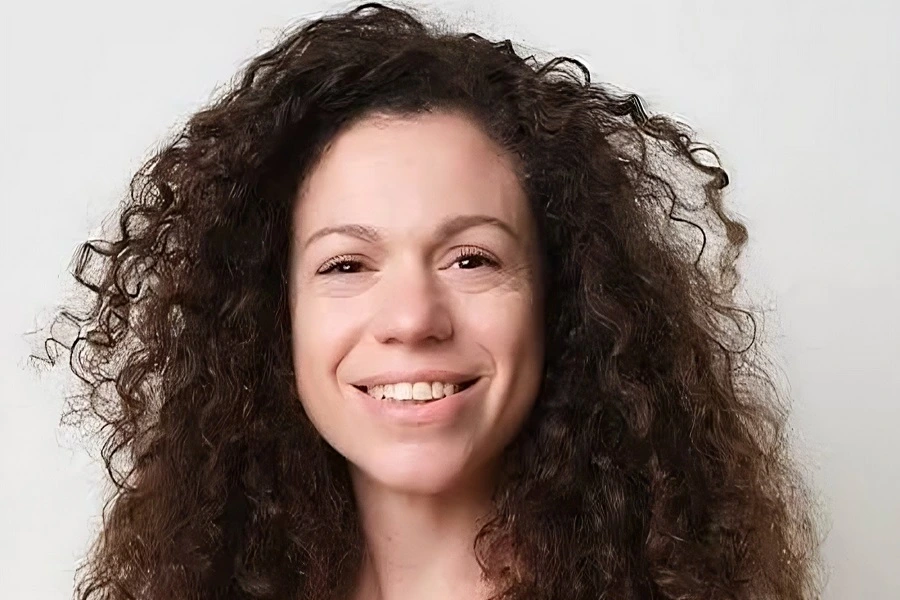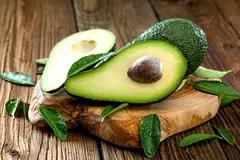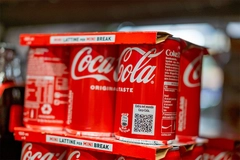Why HowGood’s PACT alignment could transform carbon transparency in F&B
Key takeaways
- HowGood has aligned its agricultural emissions database with PACT to make carbon data consistent and easy to share across the global food supply chain.
- The collaboration allows food retailers to share verified emissions data and improve transparency and reporting across their operations.
- Food retailers and manufacturers can compare products and track emissions more accurately, and work together to reduce their overall climate impact.
F&B sustainability intelligence platform HowGood has officially aligned its Product Carbon Footprint (PCF) database and data exchange system with the Partnership for Carbon Transparency (PACT). The conformance sets a “new benchmark” for supply chain transparency and signals a significant step toward standardized carbon data across the global food supply chain.
Agriculture and associated supply chains are primarily responsible for 25-30% of global GHG emissions in the food industry. This level makes PCFs, which measure GHG emissions from farm to shelf, essential tools for companies to understand and reduce their climate impact.
Standardizing these footprints can enable companies to ensure consistent and fair comparisons across food products, allowing them to make informed decisions for decarbonizing their supply chains and accurately report climate progress.
Nina DePalma, chief product officer at HowGood, explains that the food industry is deeply interconnected, and transparency and traceability have been longstanding challenges.
“Companies often measure carbon emissions differently, using varying system boundaries and standards. At HowGood, we’ve always prioritized interoperability and standardization, as they are essential for driving collaborative decarbonization across the sector,” she tells Food Ingredients First.
“Achieving PACT Conformance reinforces this commitment — assuring that our data aligns with global standards and making our 3.98 million PCF’s even more actionable and comparable for our customers doing the hard work of carbon accounting and reduction.”
HowGood’s focus on standardization ensures the company faces no significant technical challenges while aligning the high number of carbon footprints with PACT standards.
“The main focus of our PACT conformance work was ensuring these PCFs could be organized and retrieved in a way that makes them actionable, not just within our platform, but across the food industry,” says DePalma.
HowGood now serves as a Network Hub, which increases the accessibility and scalability of its high-quality PCFs.
Targeting “next-level” transparency
PACT released PACT Methodology version three in April 2025 in response to the growing demand for accuracy and transparency in agricultural emissions, explains Naama Avni-Kadosh, director at PACT, an initiative led by the World Business Council for Sustainable Development which focuses on carbon transparency.
“This latest version takes transparency to the next level: the guidance helps companies obtain a complete picture of agricultural emissions. It captures changes in carbon stored in biomass and soil resulting from land conversion and degradation, such as deforestation and soil loss,” she tells Food Ingredients First. DePalma says PACT conformance makes HowGood’s carbon data standardized and easier for clients to share and report across supply chains.
DePalma says PACT conformance makes HowGood’s carbon data standardized and easier for clients to share and report across supply chains.
It also includes “direct field emissions” from fertilizer use and enteric fermentation. Beyond emission tracking, the latest version adds guidance on land management removals, showing how agriculture can help reduce carbon and support climate solutions.
DePalma also highlights how transparency, standardization, and comparable emissions information benefit from PACT-aligned carbon data.
“When companies can see their suppliers’ carbon footprints in an ‘apples-to-apples’ comparison, they can have data-based conversations about how to improve their sourcing to drive a lower overall footprint, either by working with suppliers directly to enact impact reduction initiatives, or looking at other options with suppliers that already have embedded commitments.”
“Overall, transparency makes it easier to identify opportunities for improvement, share best practices, and collaborate on targeted interventions.”
What sectors are adopting standardized PCFs?
Standardized PCFs are rapidly being adopted across high-variability, high-emission food categories.
These include dairy, meat, corn, wheat, and soy, where investments are rising in nature-based solutions, including regenerative agriculture pilots.
“Companies in these areas are already heavily investing resources and need quantitative and comparable feedback on their progress,” says DePalma.
With HowGood’s PACT-conformant solution, companies have access to scalable, consistent, and affordable PCFs across an entire catalogue or retailer.
At IFT First 2025, Brian Nash, VP Corporate Sustainability at Ingredion, explained how the company’s partnership with HowGood, the world’s largest product sustainability database, provides a tool to better understand formulating for sustainability. PCFs give Ahold more detailed emission insights, helping identify hotspots and track supplier decarbonization efforts, says Sprick.
PCFs give Ahold more detailed emission insights, helping identify hotspots and track supplier decarbonization efforts, says Sprick.
Retailer transparency gains
HowGood recently expanded its collaboration with Dutch retailer Ahold Delhaize, ensuring PACT-conformant carbon transparency across global brands.
Grant Sprick, VP Climate & Environment at Ahold Delhaize, tells us that having HowGood as a partner improves the consistency and accuracy in how its PCFs are built.
“We can be more confident in the PCF results that come in, and it is easier for companies to share PCFs across multiple platforms. It’s important to us to work with a partner who sees itself as part of a wider ecosystem and not a stand-alone platform operating alone, which is how we see HowGood.”
Meanwhile, DePalma says aligning with PACT will still require large food manufacturers to rely on HowGood’s platform to gather detailed supplier and ingredient-level emissions data. But now, that data becomes “more actionable and exchangeable.”
PACT conformance makes HowGood’s PCFs “standardized and interoperable,” enabling clients to easily integrate, share, and report emissions across their operations and supply chains.
Turning emissions data into action
HowGood’s product level focus on emission measurement sets it apart from other platforms that rely on overall purchase volumes.
“This structure not only made achieving PACT conformance smoother, but also positions us to seamlessly expand into other agricultural-based sectors, accelerating decarbonization beyond our current footprint,” says DePalma.
PACT now aims to expand its mission “beyond carbon emissions and removals,” says Avni-Kadosh.
 Avni-Kadosh says PACT is working toward expanding in agriculture to address water use and eutrophication.“Looking ahead, we’re building collaborations to broaden PACT’s scope within the agricultural sector, developing agriculture and food-specific guidance that addresses key areas such as water use and eutrophication impacts.”
Avni-Kadosh says PACT is working toward expanding in agriculture to address water use and eutrophication.“Looking ahead, we’re building collaborations to broaden PACT’s scope within the agricultural sector, developing agriculture and food-specific guidance that addresses key areas such as water use and eutrophication impacts.”
For Ahold, the focus is on utilizing PCFs to modify its internal processes related to emissions resulting from purchased goods and services.
“PCFs provide more granular estimates of emissions, and incorporate primary data where available, which supports us in building our annual emissions footprint, identifying hotspot areas for action and reflecting the decarbonization efforts of our suppliers,” says Sprick.
“Currently we have several suppliers and partners that are keen to share their product footprints with us. We anticipate that PACT conformance could help lower barriers for additional suppliers and partners to create and share PCFs.”





















